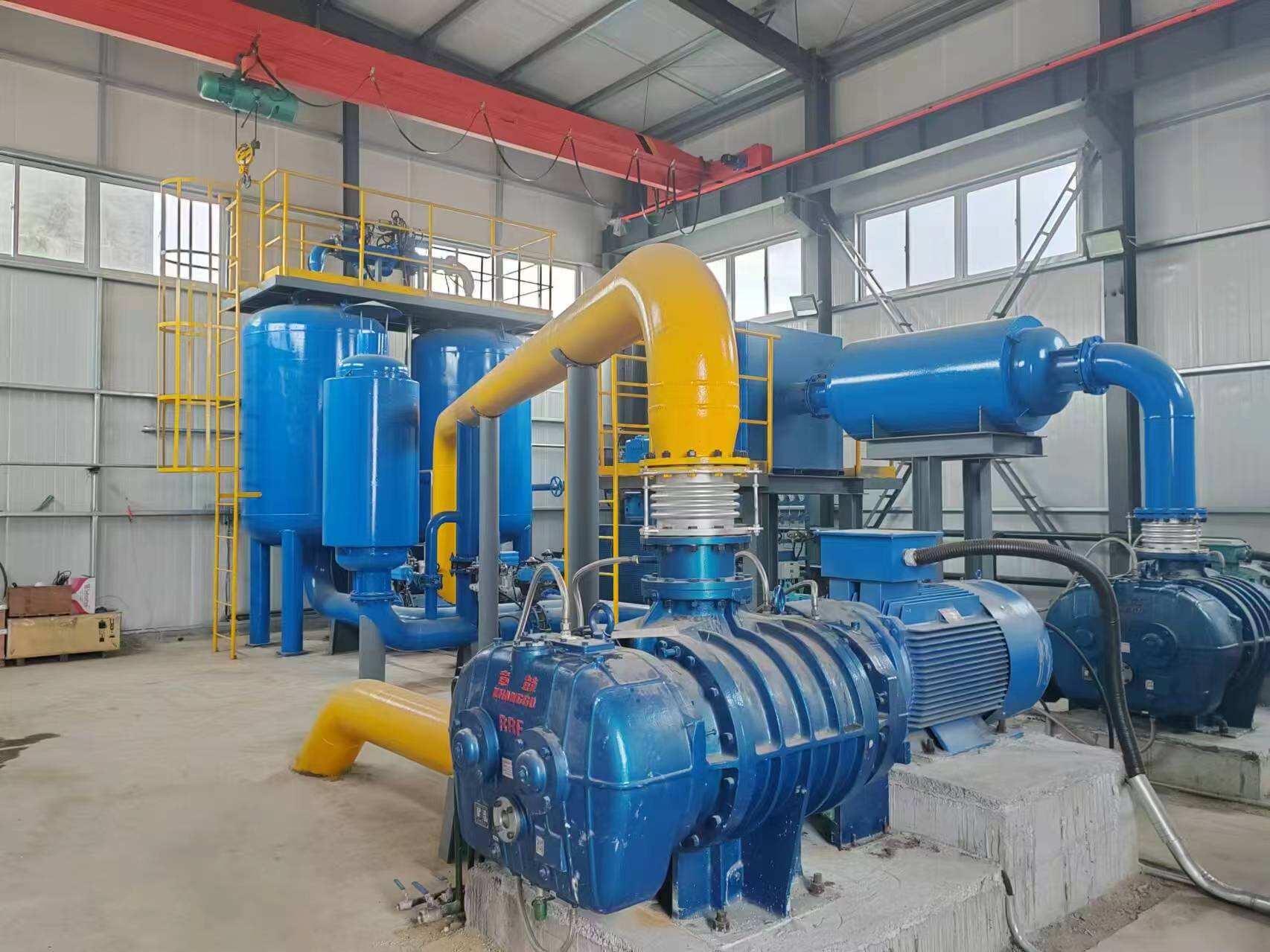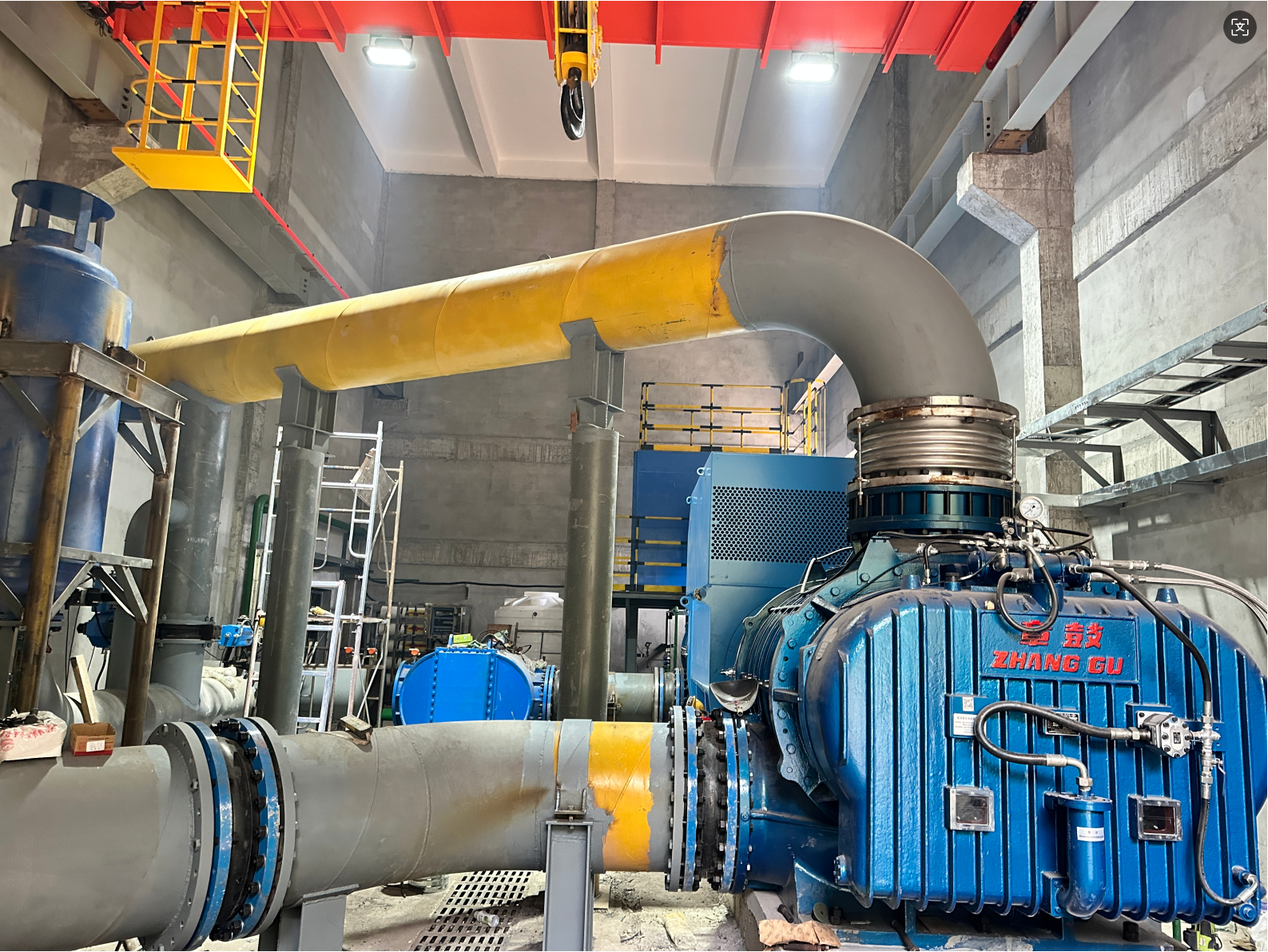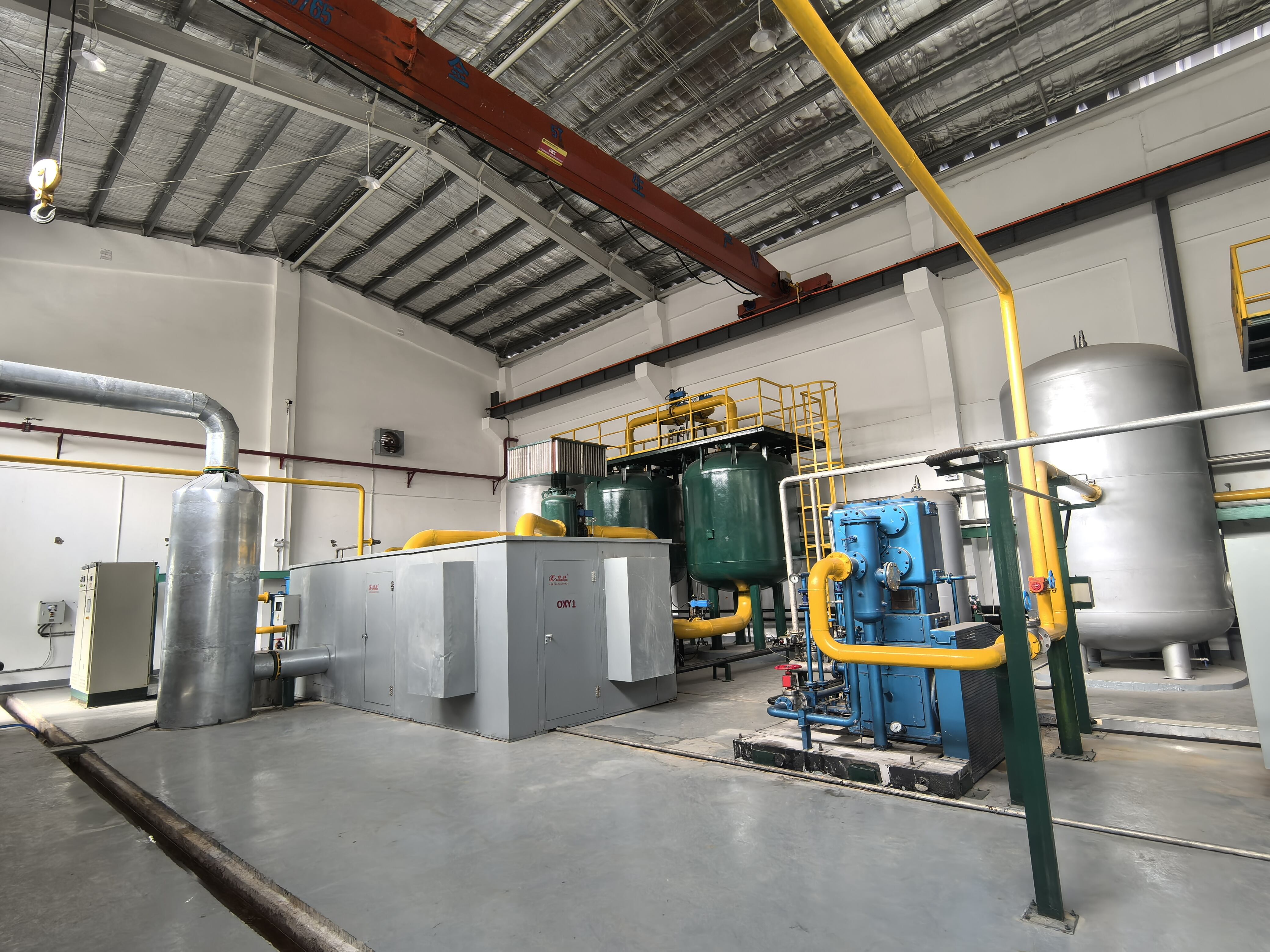vpsa ஆக்ஸிஜன் உருவாக்கல்
VPSA (Vacuum Pressure Swing Adsorption) அக்ஸிஜன் உற்பத்தி குறைந்த செயற்கூறுடன் முக்கியமான தொழில்நுட்ப வழிமுறையை குறிப்பிடுகிறது, அது உயர் மாறிலியுள்ள அக்ஸிஜன் உற்பத்திற்கான தேவையான மற்றும் செலுத்தமான முறையை வழங்குகிறது. இந்த குறிப்புச் சார்ந்த அமைப்பு விரிவாக்கப்பட்ட மாலையான சீவை பொருட்களை பயன்படுத்தி வானிலை அறையிலிருந்து அக்ஸிஜனை வெளியே தொடர்ந்து வெளியே அகற்றும் முறையின் மூலம் பண்பாக செயல்படுகிறது. இந்த தொழில்நுட்பம் இரண்டு முக்கிய நிகழ்வுகளை பயன்படுத்துகிறது: அழுத்தம் மற்றும் வாகும் விடுதலை, இரு வேறுபட்ட சுழல்களில் செயல்படுவதன் மூலம் தொடர்ச்சியான அக்ஸிஜன் உற்பத்தியை உறுதிப்படுத்துகிறது. செயலில், சுற்றுச் சூழல் அறை அழுத்தப்படுகிறது மற்றும் அது சீவை அறைகள் வழியே திசைக்கப்படுகிறது, அதில் சீலைட் பொருட்கள் நைட்ரஜனை தேர்ந்தெடுக்கிறது மற்றும் அக்ஸிஜன் வழியே கடந்துச் செல்கிறது. அமைப்பின் சூக்குமாறு கட்டுப்பாட்டு முறைகள் அழுத்தம் நிலைகளை மற்றும் சுழல் நேரத்தை அதிகாரமாக அமைப்பதன் மூலம் 93-95% அக்ஸிஜன் மாறிலியை அடைய உதவுகிறது. புதிய VPSA அக்ஸிஜன் உற்பத்திகள் முன்னெடுக்கப்பட்ட நிரீக்கும் அமைப்புகள், தானியார் கட்டுப்பாட்டு முறைகள் மற்றும் பொருளாதார செயல்பாடுகளை உள்ளடக்கியவையாக இருக்கின்றன, அவை பல தொழில்நுட்ப பயன்பாடுகளுக்கு ஏற்றுக்கொள்ளப்படுகின்றன. இந்த தொழில்நுட்பத்தின் அளவுருவாக்கம் சிறிய மருத்துவமனைகள் முதல் பெரிய தொழில்நுட்ப நடவடிக்கைகள் வரை அமைக்கப்படுகிறது, அக்ஸிஜன் திரவியத்தின் வீதம் நூற்றுகள் முதல் ஆயிரக்கணக்கள் கன மீட்டர் ஒரு மணி வரை வழங்குகிறது. இந்த அமைப்புகள் மருத்துவம், உலோகம் செயல்பாடு, குளியல் திருத்தம், மற்றும் வேதியியல் உற்பத்திகள் போன்ற தொழில்நுட்பங்களில் மிகவும் மகிழ்ச்சியாக அறியப்படுகின்றன, அவை செயற்பாட்டு அக்ஸிஜன் வழங்குதலின் தானியார் மாற்றுத்தேர்வாக விளங்குகின்றன.


